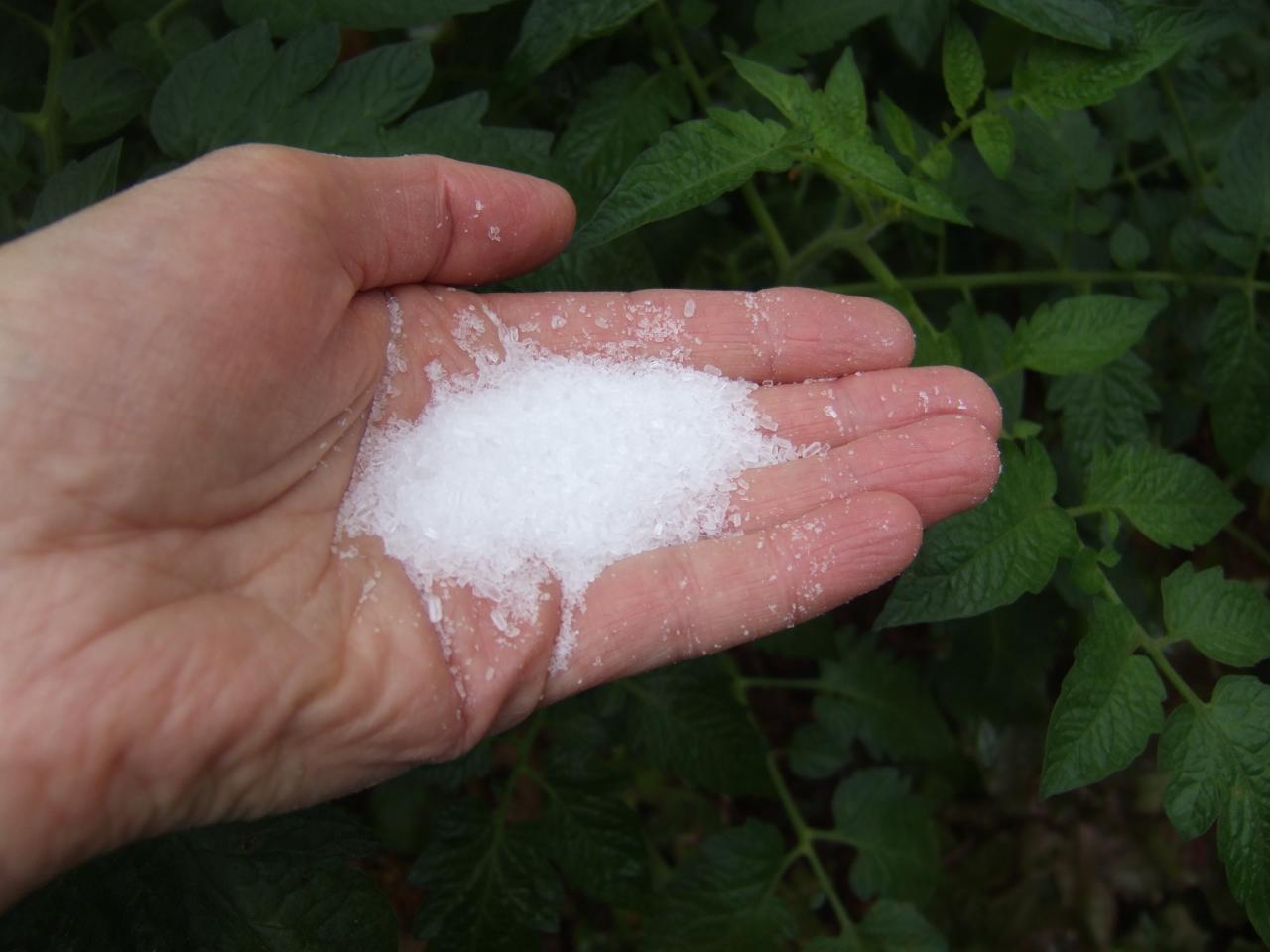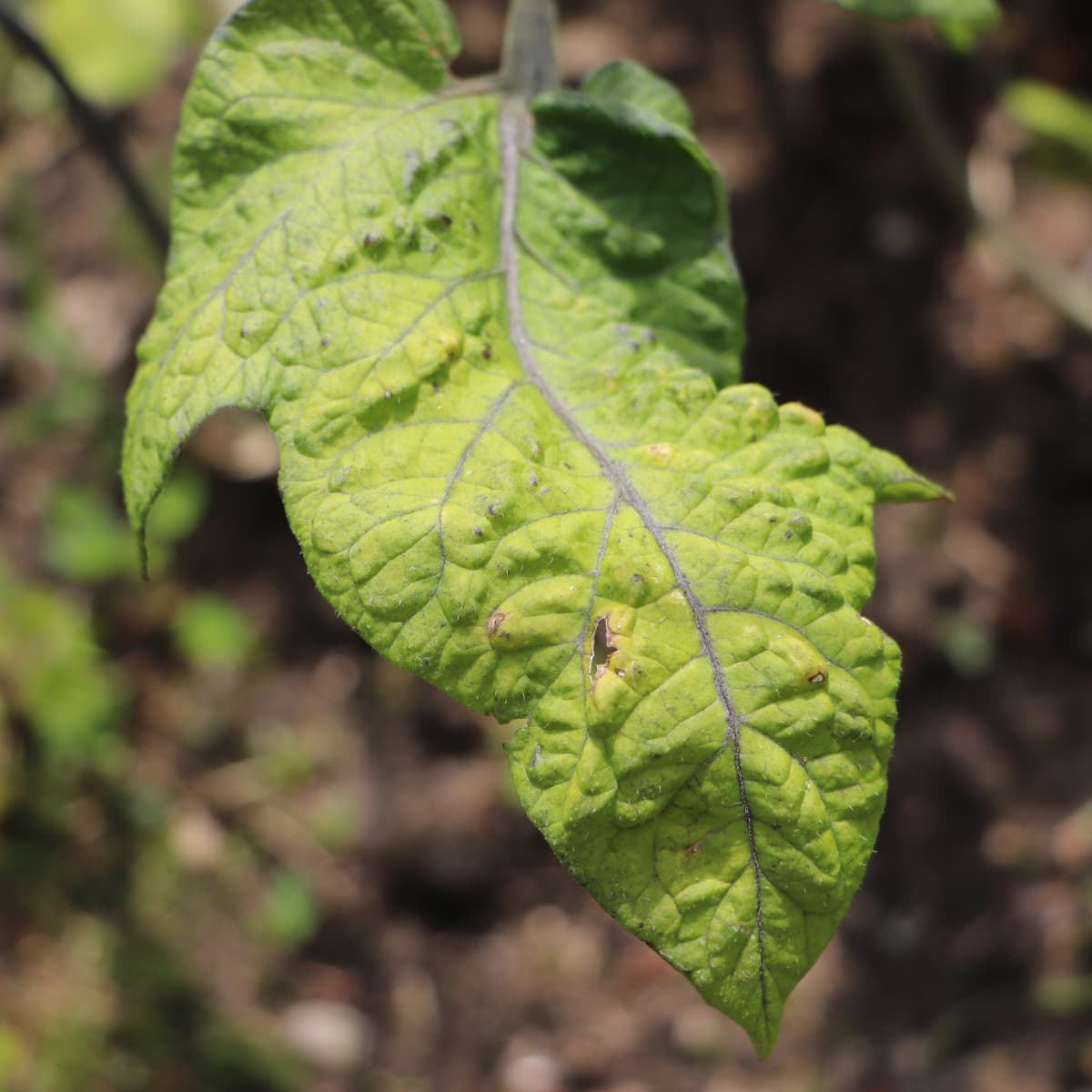Explore Why Some Plants Reject Epsom Salt as a Nutrient Source
In the intricate globe of plant nutrition, the rejection of Epsom salt as a feasible nutrient resource by some plants poses a fascinating problem. The reasons behind this selective actions dive into a complex interaction of plant absorption devices, the one-of-a-kind chemical framework of Epsom salt, and plant-specific nutrient choices.
Plant Absorption Devices
In delving into the elaborate world of plant absorption systems, it comes to be apparent that the process is regulated by an innovative interaction of molecular paths and physical dynamics. Plants soak up nutrients mostly via their origins, using various transportation systems to uptake important elements such as nitrogen, magnesium, phosphorus, and potassium. Magnesium, a crucial part in chlorophyll synthesis and enzyme activation, plays a crucial duty in plant growth and growth.
The absorption of magnesium entails a number of steps, starting with its availability in the soil remedy. Once dissolved, magnesium ions are occupied by plant roots with particular transportation healthy proteins embedded in the cell membrane layers. These healthy proteins promote the motion of magnesium throughout the origin cell wall surfaces and right into the plant's vascular system, where it is after that distributed to various tissues to sustain different physical functions.
Understanding the elaborate systems behind magnesium absorption in plants drops light on just how this necessary nutrient contributes to overall plant health and wellness and efficiency. By maximizing magnesium uptake paths, farmers can enhance plant returns and top quality, emphasizing the significance of comprehending plant absorption dynamics for lasting agriculture methods.
Epsom Salt Chemical Structure
The chemical structure of Epsom salt, additionally known as magnesium sulfate heptahydrate, discloses a distinctive arrangement of elements that contribute to its unique buildings and applications. The 7 water molecules are freely bound to the magnesium sulfate compound, allowing it to liquify conveniently in water and be easily taken up by plants via their roots.
The crystal framework of Epsom salt develops monoclinic prisms, which are extended crystals with parallel ends. This crystal shape affects the physical residential properties of Epsom salt, such as its texture and solubility. Comprehending the chemical framework of Epsom salt is important for understanding its behavior as a nutrient source and its interactions with plants in farming and horticultural practices.
Plant-Specific Nutrient Preferences
Plants show distinctive choices for certain nutrients, emphasizing the value of understanding their individual requirements for optimum growth and development. Recognizing these plant-specific nutrient choices is important for maximizing plant yields, enhancing decorative plant growth, and promoting general plant health.

Plant-specific nutrient choices can likewise differ based on whether the plant is a monocot or dicot. By customizing nutrient supplements to meet the specific demands of each plant types, cultivators can enhance plant development, lessen nutrient waste, and support lasting farming practices.

Soil Ph and Nutrient Uptake
Dirt pH plays an essential duty in determining read review the accessibility of crucial like it nutrients for plant uptake. Acidic soils with a reduced pH are favorable for plants like azaleas and blueberries, while alkaline dirts with a greater pH match plants such as lavenders and clematis.
On the other hand, alkaline dirts may restrict the accessibility of nutrients like zinc, copper, and iron, impacting plant growth. Keeping the ideal pH level in the soil is essential for making sure that plants can successfully uptake the essential nutrients for their healthy and balanced development and productivity.
Genetic Aspects in Nutrient Uptake
In the world of plant nourishment, the interplay of hereditary factors dramatically affects the uptake of essential nutrients important for plant development and advancement. Genetic variables play an essential duty in shaping a plant's ability to absorb and utilize nutrients properly.
In addition, hereditary aspects likewise establish the efficiency of nutrient uptake mechanisms within plants. Some plants may possess genetic qualities that enhance their capability to scavenge nutrients from the dirt effectively, providing them an affordable advantage in nutrient-poor atmospheres. On the various other hand, genetic variants can also result in restrictions in nutrient uptake, making sure plants more prone to deficiencies also when nutrients are abundant in the soil.
Comprehending exactly how genetic factors influence nutrient uptake is critical for creating strategies to maximize plant nutrition and improve plant efficiency in different agricultural setups. By unraveling click here to read the hereditary mechanisms associated with nutrient uptake, scientists can work in the direction of creating genetically enhanced plant selections with enhanced nutrient purchase capabilities.
Verdict

In the elaborate world of plant nutrition, the denial of Epsom salt as a sensible nutrient resource by some plants positions an interesting problem. what plants don't like epsom salt. Recognizing these plant-specific nutrient choices is critical for making best use of crop returns, boosting decorative plant development, and advertising total plant health and wellness
By tailoring nutrient supplementation to satisfy the exact requirements of each plant types, growers can enhance plant development, decrease vitamins and mineral waste, and support sustainable farming techniques.
In the world of plant nourishment, the interaction of hereditary elements significantly affects the uptake of vital nutrients crucial for plant growth and development. Comprehending these intricacies in plant nutrient uptake is important for enhancing plant growth and health and wellness in agricultural practices.
Comments on “What Plants Don't Like Epsom Salt? A Comprehensive Overview”